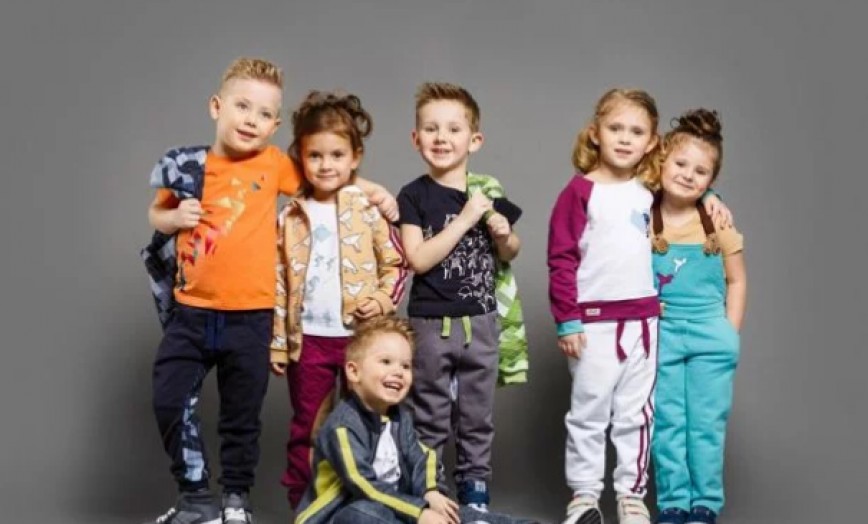Certification of children’s clothing
NEED HELP WITH CERTIFICATION?
Certification of children’s clothing

The quality of clothing for children should be carefully checked so that low-quality products cannot harm their health. For these purposes, mandatory certification of children’s clothing is foreseen in the Eurasian Economic Union countries. Quality control of products is carried out under the standards set forth in technical regulations (TR CU).
Regulatory framework.
All children’s clothing must be tested for compliance with the requirements of TR CU 007/2011. This technical regulation establishes safety standards for all children’s products.
First of all, you need to know that clothes are usually divided into 3 layers:
• 1st layer – underwear and clothing in close contact with the skin;
• 2nd layer – pants, sweaters, skirts, summer dresses, T-shirts, etc.;
• 3rd layer – outerwear.
Depending on the layer of the product and the age of child, clothes for children require a declaration, certificate or certificate of state registration (SGR).
Diapers, underwear and clothes for babies under the age of 3 are subject to mandatory declaration and state registration. For outerwear (jackets, overalls, hats) only a declaration is required.
A mandatory certificate must be issued for products of the 1st and 2nd layers for children over the age of 1 year, as well as for outerwear for infants under the age of 1 year. Children’s clothing marked “3+” is also subject to mandatory certification.
Is certification of children’s clothing mandatory?
Certification of clothing for children in the EAEU is mandatory. Each manufacturer or importer of children’s clothing is obliged to comply with legal requirements. Depending on the type of product, it is mandatory to draw up a declaration, certificate or SGR.
For non-compliance with this requirement, an individual entrepreneur or company is levied a large fine, and confiscation of existing consignments of goods with possible suspension of further activities. In addition to control authorities, each buyer has the right to ask to see permits for products.
What documents will be needed.
To certify children’s clothing, you will need to provide a package of the following documents:
• registration documents of the company (copies);
• bank details;
• information on manufacturer;
• description of goods with HS codes;
• regulatory and technical documentation for production;
• protocol of laboratory tests or product samples for examination;
• layouts of packages and labels with marking;
• for import – supply contract and invoice.
Procedure and terms of registration.
Registration of a certificate for children’s clothing occurs by applicant’s appeal to the certification center. Experts of the center will be able to precisely determine the type of product and what conformity documents need to be drawn up in a particular case.
To assess the quality of products, a laboratory examination of product samples is carried out. Based on the results of test, a protocol is drawn up, in case of a positive result, the applicant is issued a permit.
Laboratory tests are carried out in accredited and independent laboratories. When declaring, the responsibility for conducting an examination is laid on the applicant; when issuing a certificate or SGR, it is necessary to provide product samples to certification center. Registration of certificates for children’s clothing takes maximum 2-3 weeks from the date of laboratory testing.
To import children’s clothing, the applicant will need to provide product samples for test, and only after receiving certificate, may start importing consignments of goods into the EAEU countries.
By clicking Submit, you agree to Fresh Consulting’s Privacy Policy.
COMPANIES WHICH TRUST MASTCERT
